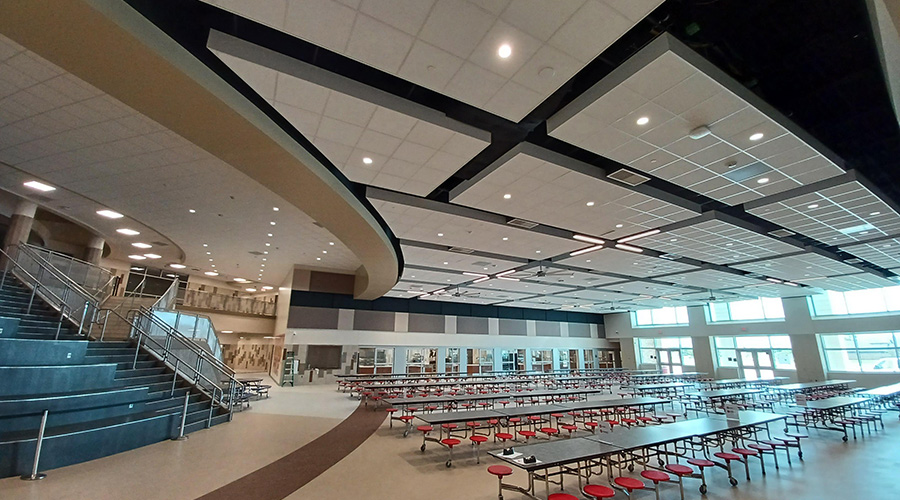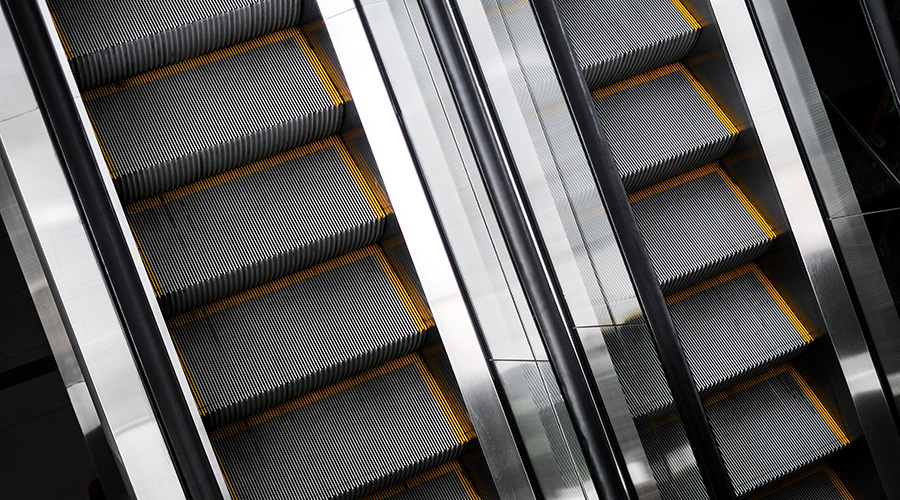
Study Shows Impact of Portable Air Filters in Daycares
Air quality improved dramatically when portable units installed into Philadelphia facilities July 5, 2024
By Dave Lubach, Executive Editor
Pandemics or not, facility managers know the dangers of exposing young children to indoor air pollution. And as the subject of indoor air quality (IAQ) emerged as a high priority among building occupants during the pandemic, the public became more aware of the dangers associated with poor air filtration.
Institutional and commercial facilities have responded to air quality threats posed by events such as the pandemic and wildfires by increasing the quality of the air filters that they install in their HVAC system.
It’s generally understood that the higher the quality of your air filters, the better your air quality. But how much can it improve? According to a study from Women for a Healthy Environment (WHE), better filters can greatly improve air quality – by as much as 83 percent.
WHE, a non-profit based in Pittsburgh and Philadelphia, installed portable air filters in eight daycare centers in the Philadelphia area to assess the amount of PM 2.5 concentrations in childcare centers when operating at the highest filter speed.
PM 2.5 is particulate matter that when people are overexposed to it can contribute to respiratory ailments such as asthma as well as heart disease and cancer. Respiratory ailments such as asthma, heart disease and cancer are also linked to increased exposure to particulate matter. Children are especially vulnerable to the pollutants.
The study was conducted over two weeks at the daycare centers and revealed a marked improvement in air quality.
Facility managers at daycare centers are advised to follow these best practices to ensure air quality remains high in their buildings:
- Run filters year-round during business hours at level 4 speed to ensure optimal air quality where children and staff spend most of their days.
- Adhere to regular filter replacement as per the unit’s guidelines and instructions.
- Consider relocating air filters near the kitchen during cooking to reduce particulates.
- Invest in air quality sensors for consistent monitoring, promoting awareness and maintaining IAQ.
- Implement measures to reduce source pollution. Examples include using walk-off mats and removing shoes to minimize off-gassing and indoor sources.
- Ensure proper and adequate ventilation.
- Distribute and use air filters in early learning centers, particularly in communities with higher-than-average asthma rates in children.
Dave Lubach is executive editor of the facility market.
Next
Read next on FacilitiesNet












